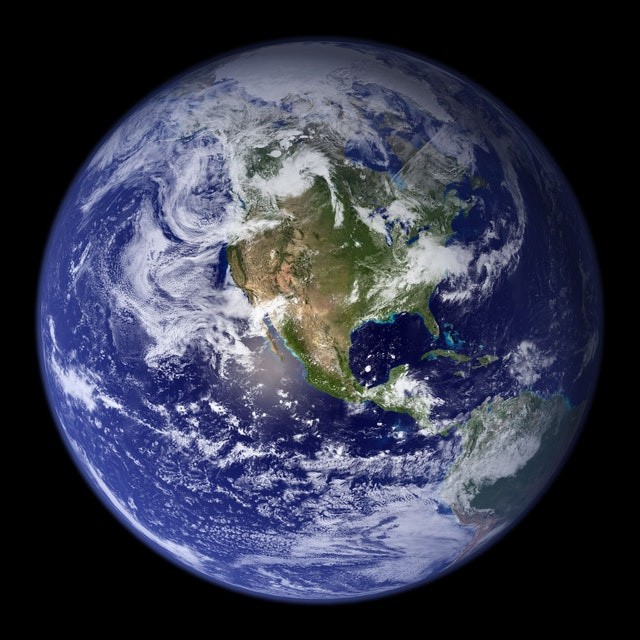Professors and students of the University of Wyoming have identified an atypical belt of igneous rocks that extends for more than 2,000 miles from British Columbia, Canada, to Sonora, Mexico. The rock belt passes through Nevada, Idaho, southeast California, Arizona, and Montana.

Long Belts of Igneous Rocks
"Geoscientists normally relate long belts of igneous rocks with chains of volcanoes at subduction zones, such as Mount Hood, Mount St. Helens, Mount Rainer, and Mount Shasta," an assistant professor in UW's Department of Geology and Geophysics, Jay Chapman, discloses.
He added that what makes this discovery so strange and interesting is that this belt of igneous rocks is sited much farther inland, from the continent's edge, and doesn't have any proof for producing volcanoes. Actually, all of the melting to produce the igneous rocks originally happened deep underground, about five to 10 miles below the surface.
Chapman is the lead writer of a paper, titled "The North American Cordilleran Anatectic Belt," which was released online in February in the journal Earth-Science Reviews.
The printed version of the paper will be released this month.The paper is an outcome of a special course that Simone Runyon, an assistant professor in UW's Department of Geology and Geophysics, and Chapman taught.
The Laramide Orogeny
Six UW graduate students, Runyon, and one undergraduate student, who was involved in the course, are co-authors of the paper. A UW graduate student from Orange, Calif., and also a co-author of the paper, Cody Pridmore said: "It was actually fascinating, to begin with, a classroom scientific question, then gather and analyze data, and finally publish our results. It's a procedure most college students don't get to come across."
One hint to the genesis of the belt of igneous rocks is that the rocks primarily developed 80 million to 50 million years ago, during an event of mountain-building known as the Laramide orogeny.
Chapman said the Laramide orogeny created almost all of the main mountain ranges we have in Wyoming, and the name truly comes from the Laramie Range.

Melting of Earth's Crust
Chapman added that although there are no igneous rocks of this kind and age found in those mountains, the researchers guess the tectonic procedure that created the mountains also has a hand in the melting of Earth's crust. Scientists have many working hypotheses about what made the rocks melt.
One of the hypothesis is that water penetrated the deep crust. A Ph.D. student at UW from Minneapolis, Minn., Jessie Shields, who is working to solve this unsolved problem said the geochemistry of these rocks shows that melting may have taken place at somewhat low temperatures, lower than 800 degrees Celsius.
"That is still hot, but not hot sufficient to create very large magma volumes. Water decreases the rock's melting point, the same as how salt decreases the melting point of ice and could boost the amount of magma generated," Shields added.
Related Article : A Piece of the Earth's Original Crust Still Exists in Canada
For more news, updates about the earth crust and similar topics don't forget to follow Nature World News!
© 2025 NatureWorldNews.com All rights reserved. Do not reproduce without permission.





